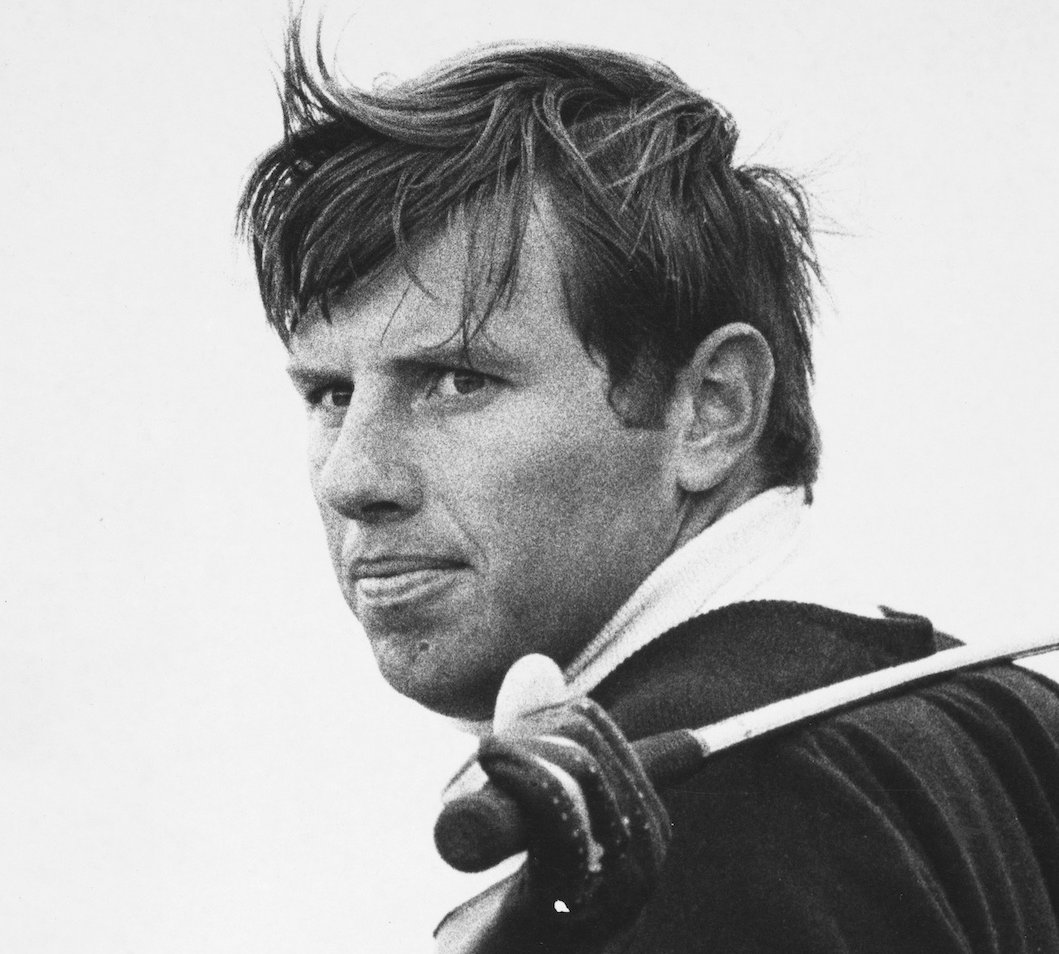[ad_1] Peter Oosterhuis was a giant in stature and talent. Dennis Oulds, Central Press, Hulton Archive via Getty Images In the results for junior golfers published regularly in The Daily Telegraph in the early and mid-1960s, one name stood out. It had three syllables and five vowels among its 10 letters, and it sounded Dutch. It was nearly always at or near the top of any of the junior competitions, and just to make it even longer, it was followed by the name of his club, and this was not brief, either. All in all, the name Peter Oosterhuis (pronounced OOO-stir-house) of Dulwich & Sydenham Hill Golf Club was a mouthful to say and earned itself several lines in a single column of results set in a small typeface. It would have been all of a piece if at this time we had also known he was very big for his age, and that fully grown he would be nearly 6½ feet tall. There was no telling then that this young giant would go on and achieve what he did. He played in the Walker Cup while still a schoolboy, turned professional and won the Harry Vardon Trophy as the leading player on the fledgling European Tour from 1971 to 1974 inclusive. These were the years of his pomp, when he came third in the 1973 Masters, having led after 54 holes, and second in the 1974 Open Championship. He also finished second in the 1982 Open. Oosterhuis (right) with teammate Tony Jacklin at the 1973 Ryder Cup PA Images via Getty Images Oosterhuis was a tiger playing for Great Britain and Ireland in the Ryder Cup. Competing for his country brought out the devil in him. He would smile at his opponents – be self-effacing and achingly polite – and then slip a stiletto between their third and fourth ribs. He won six and halved one of his nine Ryder Cup singles, beating, among others, Johnny Miller, Gene Littler and Arnold Palmer and halving with Lee Trevino at Muirfield in 1973. Before this match Trevino had apparently said to his teammates: “If I lose to Oosterhuis, I’ll drop my trousers.” The gentlemanly Oosterhuis said, laughing: “I am not sure the threat was ever carried out.”
The Golf Career of Peter Oosterhuis: A Journey Through the Game

